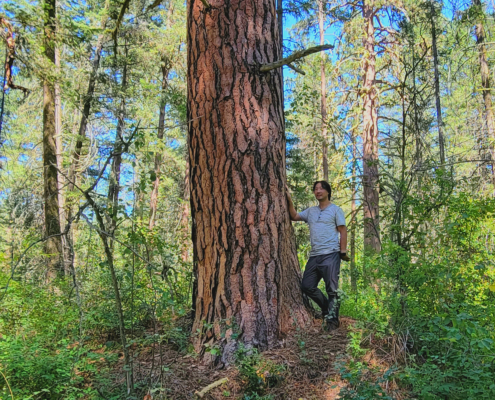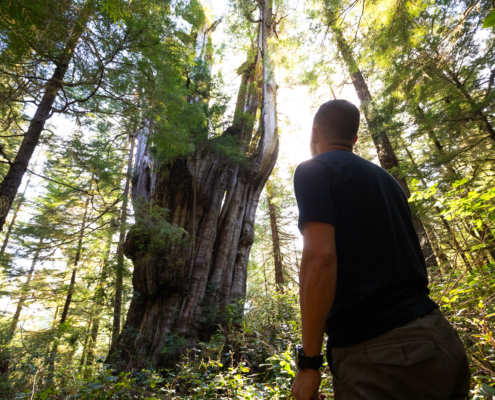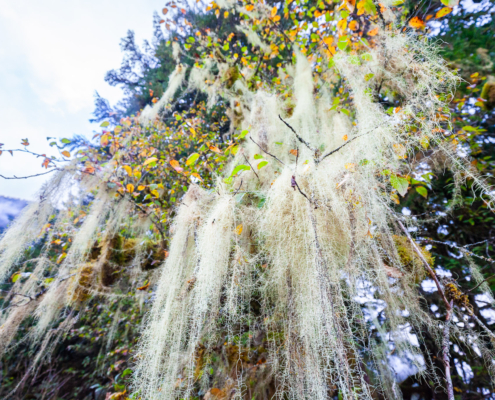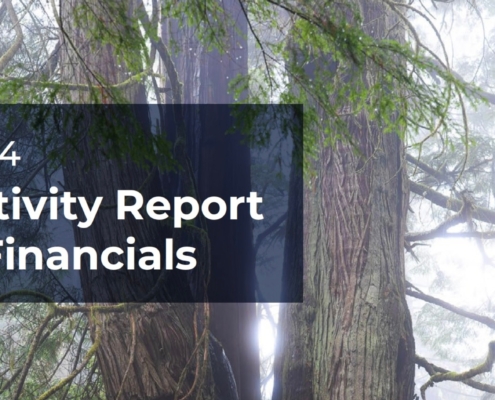
BC Government Confirms No Commercial Logging in Provincial Parks Amid Rising Concerns in General for Protected Areas
The BC Ministry of Environment and Parks has officially confirmed that provincial parks are off-limits to commercial logging, responding to a formal inquiry from the AFA & EEA.

One-Year Anniversary of Clayoquot Sound Old-Growth Protections
History was made in Clayoquot Sound one year ago with the most significant expansion of old-growth protection in decades, when
the Ahousaht and Tla-o-qui-aht First Nation declared the protection of 760 km2 of land in 10 new conservancies.

Shooting Stars
A beautiful highlight in endangered Garry oak meadows is the shooting star, with its vivid purple and swept-back wing-like petals.

We’re grateful for our creative business supporters!
Thank you to these businesses and organizations, which all vary in the ways they support the old-growth campaign.

2024 Activity Report & Financials
Check out Ancient Forest Alliance's (AFA) Activity Report & Financials to find out what YOU helped us achieve in 2024.
